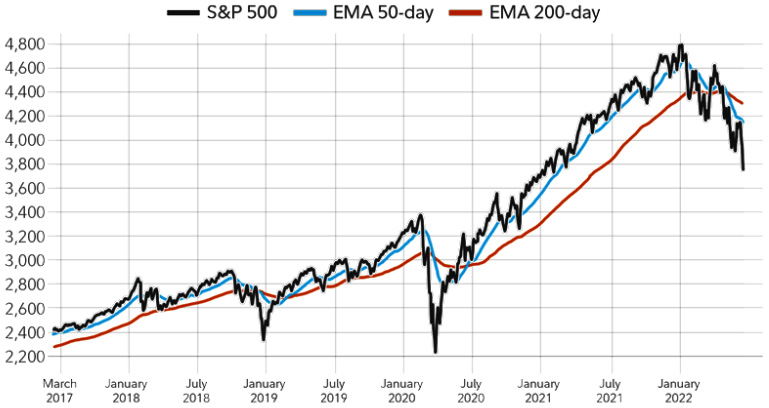Time Series with SQL
A time series is a series of data points indexed in time order. Most commonly, a time series is a sequence taken at successive equally spaced points in time. Thus, it is a sequence of discrete-time data. Time series data is a sequence of data points. Each of the data points includes a timestamp. Timestamps usually include a date and then a time. Time series analysis comprises methods for analyzing time series data in order to extract meaningful statistics and other characteristics of the data. Time series forecasting is the use of a model to predict future values based on previously observed values. While regression analysis is often employed in such a way as to test relationships between one or more different time series, this type of analysis is not usually called “time series analysis,” which refers to relationships between different points in time within a single series.

Figure 12.1 – Time series using SQL...

